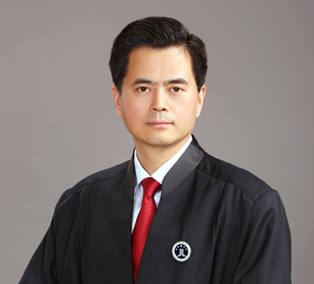Haven’t You Heard? Trade Secret Theft Can Occur In Unusual Ways
font-size:

That is the news out of UC Irvine, where a recent study revealed that a 3D printed object can be reverse engineered simply by listening to an audio recording of the sounds the printer makes. As background, 3D printing (also called “additive manufacturing”) creates 3-dimensional solid objects from a digital file, analogous to printing a paper copy of a Word document. It can be used to create objects from plastic, metal, food, even living cells—and market adoption is increasing rapidly. This study reveals that the risks to a company’s IP from 3D printing go beyond its potential to facilitate widespread patent and copyright infringement—trade secrets are also at risk. The UC Irvine researchers found that the acoustic signals emitted during printing convey information about the precise movements of the printer’s nozzle. Using only a sound recording of the printing process, the researchers were able to recreate a key-shaped object with nearly 90 percent accuracy.
This discovery is a warning for companies using 3D printing to create prototypes or other confidential designs. Guarding the digital source file used to print the object may not be enough. Mohammed Al Faruque, the lead researcher and director of UC Irvine’s Advanced Integrated Cyber-Physical Systems Lab, suggests that engineers consider jamming acoustic signals through white-noise devices or restricting people from carrying smartphones or other recording devices when sensitive objects are being printed.
But this is not the first example of trade secrets being (potentially) stolen through nontraditional means. Below, TS Watch looks at other unusual ways competitors have tried to get their hands on top secret information.
The Dumpster Diver
What’s a competitor to do when it can’t be in the workplace with those secrets it wants so much? Wait for them to leave the office and look in the trash. Yes, this is a true story: according to a complaint filed in 2005 by beverageware importer and reseller CDI International, one of CDI’s competitors hired a private investigator to gain access to CDI’s garbage, which contained customer lists, pricing information, and new product plans. CDI sued for misappropriation of trade secrets, among other claims. The competitor moved to dismiss the complaint, arguing that the information, once discarded, was no longer being safeguarded as required by statute (or, as it’s called on the playground, the “no takebacks” doctrine). But the court wasn’t ready to throw the claim out at the pleading stage. The case settled before it could be determined once and for all whether one man’s trash is really another man’s treasure.
The Spy in the Sky
A competitor who can’t get its hands on the information at all might try the next best thing—watching it from afar. That’s just what occurred in a classic example of corporate espionage, the 1970 case of E.I DuPont deNemours & Co. v. Christopher. An unknown third party paid the defendants to take aerial photos of DuPont’s new construction, hoping to catch a glimpse of DuPont’s secret process for producing methanol. The defendants claimed they had done nothing wrong because their actions took place in public airspace. But the Fifth Circuit brought the defendants back down to earth, finding that DuPont stated a claim because aerial photography was an “improper means” of obtaining its trade secrets, characterizing it as “industrial espionage in which an airplane is the cloak and a camera is the dagger.”
These cases, and the news from UC Irvine, should serve as a reminder to companies to think expansively about what confidential information they want to protect—and all the ways it might be vulnerable.
- 3D printing reshaping 'Made in Chi
- 3-D Printed Ovaries Help Mice Get Preg
Related articles






